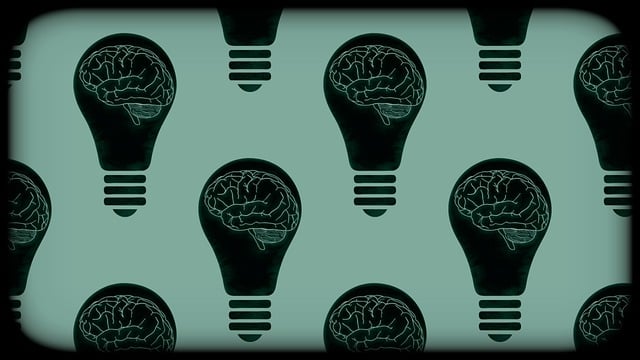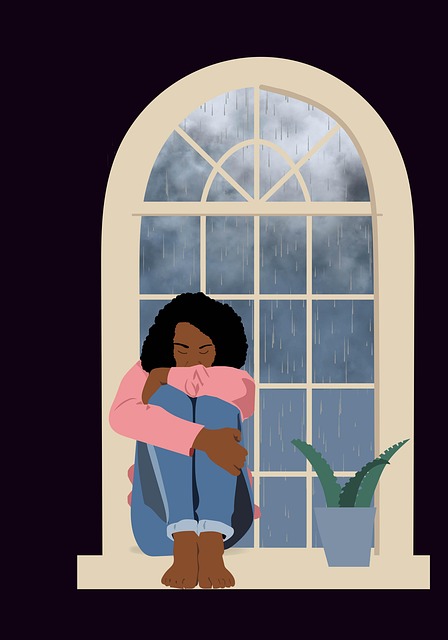Littleton Exposure and Response Prevention (EARP) Therapy is an evidence-based approach combining exposure therapy with response prevention techniques to treat anxiety and panic disorders by gradually exposing individuals to fear-provoking situations in a safe environment. Mental wellness journaling, mirroring EARP principles, involves consistent daily practice, reflecting on stressful situations, positive experiences, and emotional patterns while incorporating Emotional Intelligence. Tracking progress through journaling enhances emotional growth, manages mental health conditions, builds inner strength, and reduces stress and burnout.
“Unleash your inner strength with mental wellness journaling, a powerful tool derived from Littleton Exposure and Response Prevention (EARP) Therapy. This therapeutic practice guides individuals through self-reflection and emotional processing. Our article offers a comprehensive journey, starting with an explanation of EARP and its benefits. We then provide a step-by-step guide to journaling, empowering you to take control. Lastly, we share insights on tracking progress, ensuring your journey towards mental wellness is both effective and transformative. Discover how this simple yet profound practice can revolutionize your emotional well-being.”
- Understanding Littleton Exposure and Response Prevention Therapy (EARP)
- The Power of Mental Wellness Journaling: A Step-by-Step Guide
- Tracking Progress: Tips for Effective Journaling in EARP Therapy
Understanding Littleton Exposure and Response Prevention Therapy (EARP)

Littleton Exposure and Response Prevention (EARP) Therapy is a highly effective approach to treating anxiety and panic disorders. This evidence-based method combines exposure therapy with response prevention techniques, helping individuals confront their fears in a safe and controlled environment. Through gradual and deliberate exposure to anxiety-provoking situations, individuals learn to manage their responses, reducing the intensity of fear and anxiety over time.
EARP focuses on identifying specific triggers and developing tailored strategies for coping. By practicing self-awareness exercises, clients gain insights into their thoughts, feelings, and behaviors during anxious moments. This increased understanding empowers them to employ conflict resolution techniques, allowing for better emotional well-being promotion. The therapy offers a powerful toolset for individuals seeking long-lasting relief from anxiety disorders.
The Power of Mental Wellness Journaling: A Step-by-Step Guide

Mental wellness journaling is a powerful tool for self-reflection and emotional healing processes. By dedicating just a few minutes each day to record your thoughts, feelings, and experiences, you can gain profound insights into your mental health and well-being. This practice, akin to Littleton Exposure and Response Prevention Therapy (ERP), helps individuals confront and manage their emotions effectively.
A simple step-by-step guide to initiate this journaling journey involves first setting a consistent routine. Choose a time of day that works best for you, whether it’s morning coffee or evening wind-down. Next, create an inviting space with a journal and pen. Begin each entry by dating it, providing a title (e.g., “A Day of Firsts”), and writing down your current emotional state. Then, let the thoughts flow freely – no judgments, just honesty. Reflect on stressful situations, positive experiences, or any patterns you notice in your emotions. Incorporate aspects of Emotional Intelligence by identifying your feelings and analyzing the triggers behind them. Over time, this practice will empower you to actively participate in your own Stress Management Workshops Organization, fostering resilience and a deeper connection with yourself.
Tracking Progress: Tips for Effective Journaling in EARP Therapy

Tracking progress is a vital component of Littleton Exposure and Response Prevention (EARP) Therapy, a powerful tool for managing mental health conditions. When using journaling as an EARP therapy practice, individuals can benefit from setting clear goals and regularly reviewing their entries to witness their emotional growth. Here’s how it works: start by defining specific areas you wish to improve, such as reducing anxiety or enhancing self-awareness. Then, each day, jot down your thoughts, feelings, and experiences related to these goals. Over time, you’ll begin to notice patterns; perhaps certain situations trigger specific responses, or you’ll discover coping strategies that work best for you.
This process allows for the development of inner strength by fostering self-reflection and empowering individuals to make informed decisions about their well-being. By documenting your journey, you can identify areas where you’ve made progress and those that still need attention, making it an effective stress reduction method. Moreover, regular journaling can serve as a burnout prevention tactic, providing a safe space to process emotions without judgment, ultimately contributing to improved mental wellness.
Mental wellness journaling, integrated with Littleton Exposure and Response Prevention (EARP) Therapy, offers a powerful tool for personal growth and healing. By systematically recording thoughts, feelings, and experiences, individuals can gain valuable insights into their mental health journeys. This practice enables better understanding of triggers, fosters healthier coping mechanisms, and tracks progress over time. Embracing the step-by-step guide provided, one can harness the transformative potential of EARP therapy through reflective journaling, ultimately enhancing overall mental wellness.














